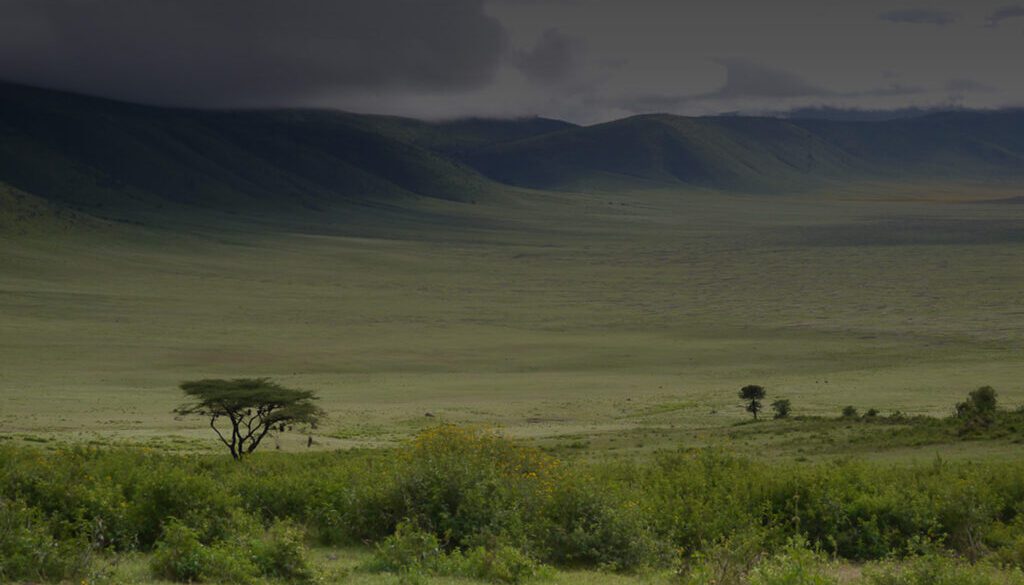Introduction
Tanzania’s Ngorongoro Crater is a mesmerizing natural wonder that attracts visitors from all around the globe. This expansive caldera, located in the eastern arm of the East African Rift Valley, is a true paradise for wildlife enthusiasts and nature lovers. With its breathtaking landscapes and rich biodiversity, the Ngorongoro Crater offers an unforgettable experience. In this article, we will explore ten great facts about Tanzania’s Ngorongoro Crater that will leave you in awe of its beauty and significance.
1. The Formation of the Ngorongoro Crater
The Ngorongoro Crater was formed around three million years ago when a massive volcano erupted, collapsing on itself and creating the caldera. This natural phenomenon resulted in the formation of the world’s largest intact volcanic caldera, spanning approximately 260 square kilometers.
2. A UNESCO World Heritage Site
Recognizing its exceptional natural value, the Ngorongoro Crater was designated as a UNESCO World Heritage Site in 1979. This prestigious title highlights the crater’s significance in terms of both natural and cultural importance.
3. A Natural Haven for Wildlife
The Ngorongoro Crater is often referred to as the “Garden of Eden” due to its extraordinary concentration of wildlife. Within the crater’s walls, you can spot over 25,000 large animals, including elephants, lions, zebras, wildebeests, and rhinos. This makes it one of the best places in Africa for wildlife viewing.
4. Home to the Maasai People
While the Ngorongoro Crater is famous for its wildlife, it is also home to the Maasai people. These pastoralists have lived in the area for centuries, coexisting with the wildlife and preserving their traditional way of life. Visitors to the crater have the opportunity to learn about Maasai culture and interact with the local community.
5. A Microcosm of Ecosystems
Within the Ngorongoro Crater, you’ll find a unique blend of ecosystems, including grasslands, swamps, forests, and a soda lake. This diversity of habitats supports a wide array of plant and animal species, contributing to the richness and complexity of the crater’s ecosystem.
6. The Big Five
The Ngorongoro Crater is home to the legendary “Big Five” animals: lions, elephants, leopards, buffalos, and rhinos. Spotting these majestic creatures in their natural habitat is a thrilling experience that draws many wildlife enthusiasts to the crater.
7. Year-Round Wildlife Viewing
Unlike some other national parks in Tanzania, the Ngorongoro Crater offers excellent wildlife viewing opportunities year-round. The presence of a permanent water source and abundant vegetation ensures that the animals stay within the crater, allowing visitors to witness the incredible wildlife spectacle at any time of the year.
8. A Birdwatcher’s Paradise
Bird lovers will be delighted to know that the Ngorongoro Crater is home to over 500 bird species, making it a true paradise for birdwatching. From the flamboyant flamingos to the majestic African fish eagle, the crater’s diverse birdlife provides endless opportunities for ornithological exploration.
9. Conservation Efforts
Preserving the delicate balance of the Ngorongoro Crater is of utmost importance. Efforts have been made to ensure the sustainable management of the area, including strict regulations for tourism activities, controlled grazing by Maasai livestock, and ongoing research and monitoring programs.
10. FAQs about Tanzania’s Ngorongoro Crater
1. How can I visit the Ngorongoro Crater?
A: To visit the Ngorongoro Crater, you can book a guided tour with a licensed tour operator. They will provide transportation, arrange accommodations, and offer knowledgeable guides to enhance your experience.
2. What is the best time to visit the Ngorongoro Crater?
A: The Ngorongoro Crater can be visited year-round, but the dry season from June to October offers the best wildlife viewing opportunities. During this time, animals gather around water sources, making it easier to spot them.
3. Are there any accommodation options near the Ngorongoro Crater?
A: Yes, there are several accommodation options available near the Ngorongoro Crater, ranging from luxury lodges to budget-friendly campsites. It’s advisable to book in advance, especially during peak season.
4. Can I go on a self-drive safari in the Ngorongoro Crater?
A: No, self-drive safaris are not allowed in the Ngorongoro Crater. All visitors must be accompanied by a licensed guide, ensuring the safety of both the wildlife and the tourists.
5. Is it possible to see the Great Migration from the Ngorongoro Crater?
A: The Great Migration, a magnificent wildlife spectacle, usually takes place in the Serengeti National Park, which is adjacent to the Ngorongoro Conservation Area. However, depending on the timing of your visit, you may witness parts of the migration within the Ngorongoro Crater.
6. Can I hike inside the Ngorongoro Crater?
A: No, hiking inside the Ngorongoro Crater is not permitted. However, you can explore the crater’s rim and enjoy the stunning panoramic views of the caldera and the surrounding landscapes.
Conclusion
Tanzania’s Ngorongoro Crater is a true gem, captivating visitors with its awe-inspiring beauty, abundant wildlife, and unique cultural heritage. Whether you’re an avid wildlife enthusiast, a nature lover, or a curious traveler, a visit to the Ngorongoro Crater promises an unforgettable adventure. From the captivating formation of the crater to the vibrant ecosystems and the harmonious coexistence of wildlife and local communities, this natural wonder is a testament to the wonders of our planet. Don’t miss the opportunity to explore the 10 great facts about Tanzania’s Ngorongoro Crater and experience the magic of this remarkable destination.
Get a Quote
We would love to hear about your upcoming trip! Contact us to book a 1:1 consultation with one of our expert safari designers so we can discuss your trip in great detail together and get a quote. Initial consultations will be free of charge.




